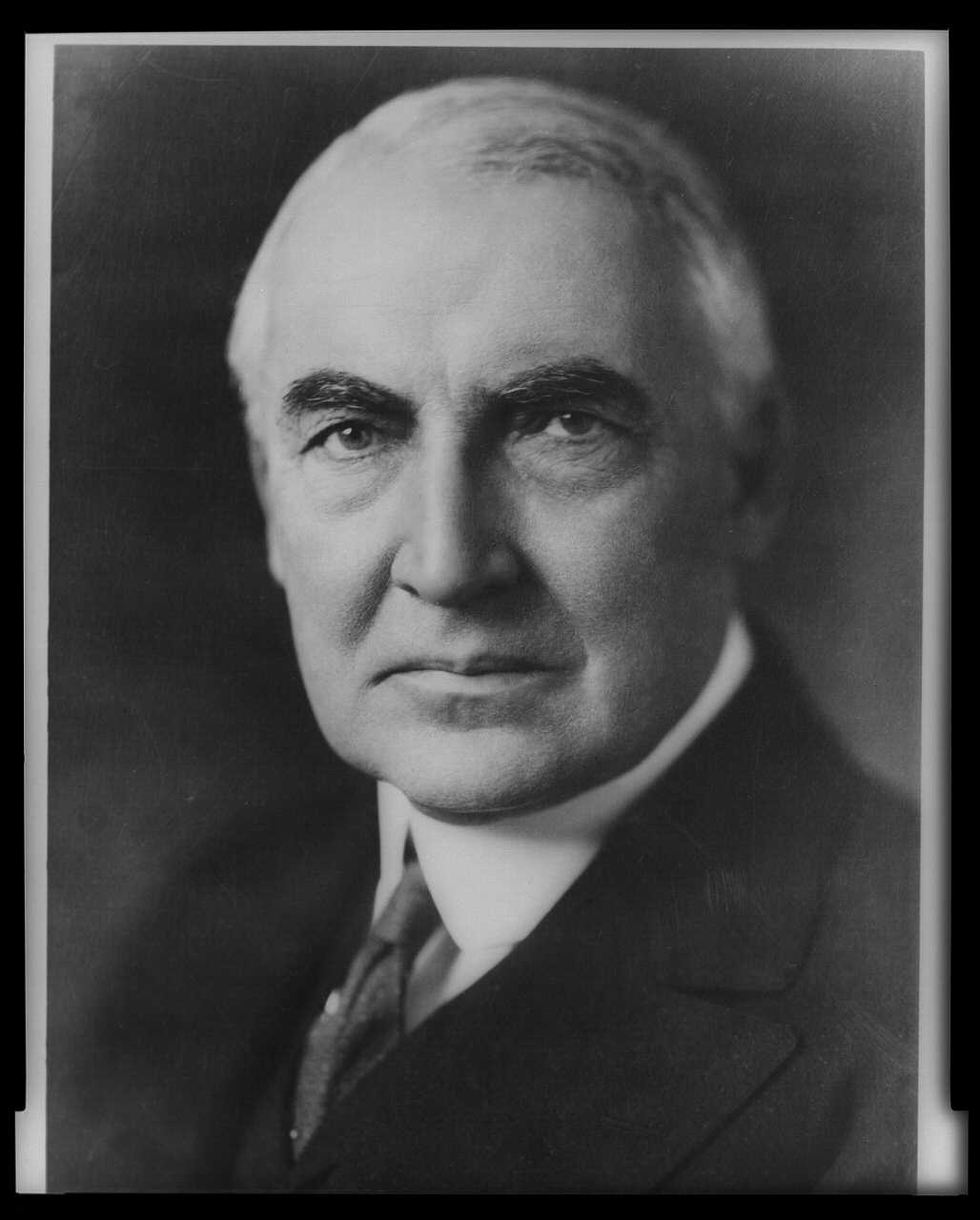Life Expectancy: Historical Trends
Posted on by
There are a number of historical milestones associated with the recent study showing life expectancy declined for a second straight year in the United States. The 2019-2021 decline was the first time that life expectancy dropped two years in a row since 1961-1963, when John F. Kennedy was president. The 2.7 year drop since 2019 was the largest two-year decline going back nearly a century, when life expectancy dropped 3.6 years from 1921 to 1923 (during the Warren Harding administration).

Furthermore, the two-year decline in life expectancy from 2019-2021 was only the sixth time in recorded history that life expectancy dropped in consecutive years (1961-1963, 1924-1926, 1921-1923, 1915-1918, and 1902-1904). The 1915-1918 decline was the only three-year decline in recorded history – life expectancy dropped a staggering 15.4 years during that period, culminating with an 11.8 year drop in 1918, the main year of the Spanish flu pandemic. It’s worth noting that in 1919, the year after the worst of the pandemic, life expectancy increased a total of 15.6 years, wiping out that three-year decline from 1915 to 1918.
Life expectancy for Americans in 2021 fell to the lowest level in a quarter of a century – 76.1 years, the same level it was in 1996. For White people, life expectancy is at its lowest level since 1995 whereas for Black people it is at the lowest level since 1996. And life expectancy for American Indian/Alaskan Native individuals fell 6.6 years from 71.8 years in 2019 to 65.2 in 2021 – which is equal to what total life expectancy was in the United States back in 1944.
Posted on by

